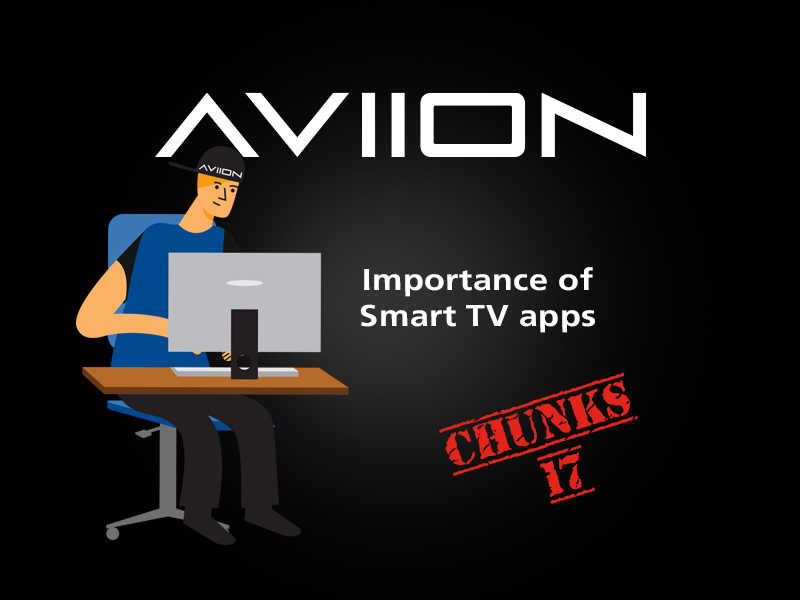The year 2020 brought a bigger focus on OTT due to global pandemic situation. As most streaming services saw a sharp growth in the number of users there was an increased interest from different “untraditional” OTT clients to start their service and overcome the challenges brought upon the lockdowns and other situations we are going through today.
When starting their journey, they are often faced with a learning curve on what OTT is and the actual complexity of the whole chain. The more they learn the more they understand the pricing structure behind it. I will get into more details on this topic in one of the upcoming articles.
Of course, if you are looking for a basic service with just the web app, and iOS and Android for smartphones it is fine, but in the long run to keep and spread your viewers’ base and have a service that can grow, you will need much more than that. This is one of the points which separates professional OTT platform providers from the quick and cheap solutions. Do bear in mind that all those platforms need to be updated and serviced regularly. Keeping all of them up and ready and on a premium level requires manpower and a lot of know-how and experience especially when you need to provide 24/7/365 support to your clients. The point is, a great OTT solution is available on all of today’s most popular platforms and that also includes smart TV apps.
In the period where OTT is slowly, but surely winning the cord-cutting process, smart TV apps are becoming a necessity as research shows that smart TVs are becoming primary streaming devices for consuming content (not including the social media apps).
To create efficient smart TV app many challenges need to be tackled. How to deal with TV’s, usually, weak processors? How far back will your app support different models of TVs which only a few years ago were way slower than today? What about supporting noname brands? This just goes to show that creating smart TV apps is no walk in the park.
To create smart TV OTT app, you have to be able to cover several languages (HTML/CSS/JavaScript, XML, JSON, Swift & TVML, LG NetCast/WebOS SDK, Samsung TIZEN/Orsay SDK). As if coding for different OS isn’t enough you also have to consider each TV’s functionalities (processing power, navigation and UI, screen sizes, resolution, …). So when we say that we offer smart TV OTT app means that we are covering different systems like Samsung, LG, Panasonic, Sony, Philips and many more. On top of all of these differences and challenges, the UX/UI department has to put their cherry on top and together with the developers create easy to use and intuitive apps that will invoke positive experience for the viewer thus ensuring their continued use of the service.
If you want to check out AVIION Smart TV apps and how easy they are to use across different platforms just get in touch.

